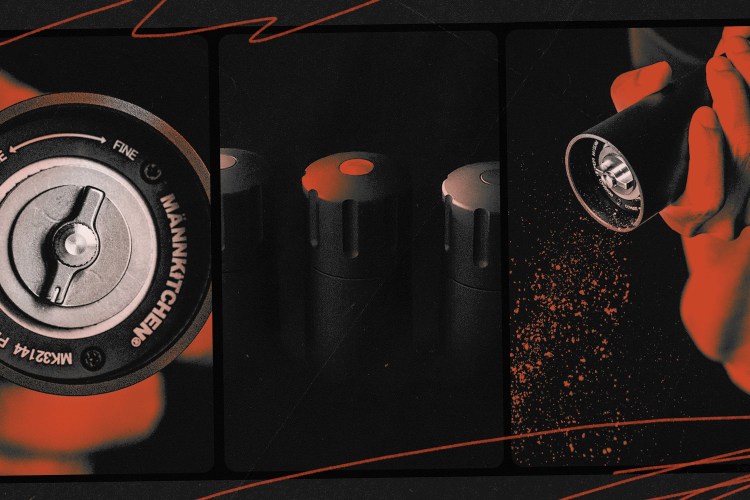During the excavation of the ancient Egyptian necropolis of Deir el-Bersha in 1915, a team of American archaeologists found a hidden tomb. Inside there was a mummy’s severed head perched on a cedar coffin.
It was a major find — only the the scientists couldn’t figure out exactly whose head it was in their possession, The New York Times reported.
While the tomb was the final resting place for a governor named Djehutynakht and his wife, grave robbers had plundered the gold and jewels into the tomb before the excavation. They tossed a headless, limbless mummified torso into the corner and then tried to cover their tracks by setting the room on fire. The archaeologists were able to recover some of the objects inside the tomb, and the decapitated head became the star of a showcase at the Museum of Fine Arts in Boston.
Enter the Federal Bureau of Investigation. The mummified head was the oldest specimen the F.B.I. had ever worked on. If they could extract the genetic material from the 4,000-year-old mummy, they would be adding a powerful DNA collecting technique to their arsenal and also discover a new way of learning about Egypt’s ancient past.
After over a century of uncertainty, the F.B.I. finally cracked the case: The head belonged to Governor Djehutynakht.
Thanks for reading InsideHook. Sign up for our daily newsletter and be in the know.


















